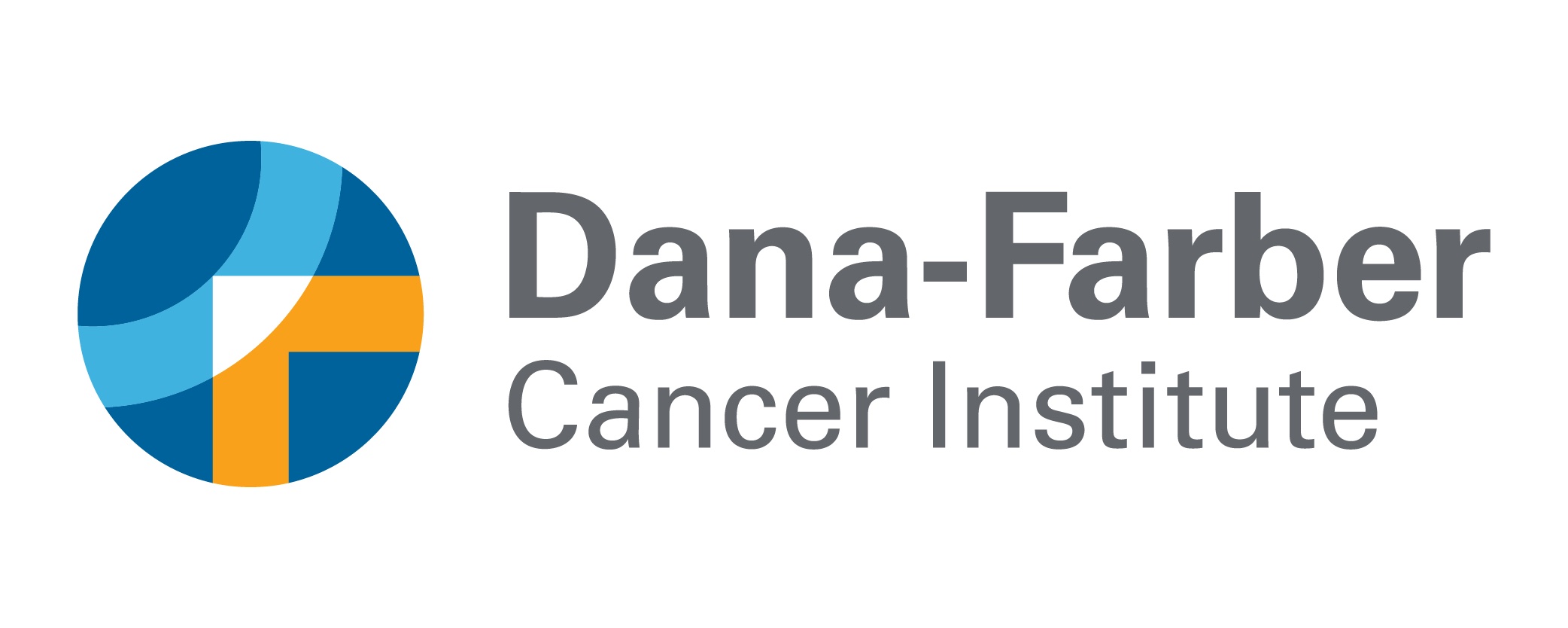Scientists at Dana-Farber Cancer Institute and collaborators have identified four distinct genetic subtypes of multiple myeloma, a deadly blood cancer, that have different prognoses and might be treated most effectively with drugs specifically targeted to those subtypes.
A new computational tool based on an algorithm designed to recognize human faces plucked the four distinguishing gene patterns out of a landscape of many DNA alterations in the myeloma genome, the researchers report in the April issue of Cancer Cell.
These results "define new disease subgroups of multiple myeloma that can be correlated with different clinical outcomes," wrote the authors, led by Ronald DePinho, MD, director of Dana-Farber's Center for Applied Cancer Science.
Not only do the findings pave the way for treatments tailored to a patient's specific form of the disease, they also narrow down areas of the chromosomes in myeloma cells likely to contain undiscovered genetic flaws that drive myeloma, and which might turn out to be vulnerable to targeted designer drugs.
Kenneth Anderson, MD, medical director of the Jerome Lipper Multiple Myeloma Center at Dana-Farber and an author of the paper, said the findings "allow us to predict how patients will respond to current treatments based on a genetic analysis of their disease." In addition, the findings "identify many new genes implicated in the cause and progression of myeloma, and the product of those genes can be targeted with novel therapies."
Multiple myeloma, the second most common blood cancer after non-Hodgkin's lymphoma, is incurable, although some patients live for a number of years following diagnosis. About 50,000 people in the United States are living with the disease, and an estimated 16,000 new cases are diagnosed annually. Despite improvements in therapy, the five-year survival rate in multiple myeloma is only 32 percent and durable responses are rare.
The new report emerged from a collaboration involving DePinho's Dana-Farber group, Cameron Brennan, MD, of Memorial Sloan-Kettering Cancer Center, and John Shaughnessy, MD, of the Myeloma Institute for Research and Therapy at the University of Arkansas for Medical Sciences. Lead authors are Daniel Carrasco, MD, PhD, and Giovanni Tonon, MD, PhD, of Dana-Farber, and Yongsheng Huang, MS, of the Myeloma Institute for Research and Therapy at the University of Arkansas for Medical Science.
Myeloma cells' genomes are scenes of rampant chaos: extra or missing chromosomes; pieces of broken chromosomes randomly reattached; genes that are mutated or amplified " present in too many copies " or are overexpressed or absent. The roles played by these myriad abnormalities in the initiation and progression of myeloma are only beginning to be understood, but it's been observed that different abnormalities are often found from one patient to the next.
Previously, scientists had identified two genetic subtypes of myeloma. One, called hyperdiploid MM, is characterized by extra copies of entire chromosomes, and patients with this subtype appear to fare better. The non-hyperdiploid form lacks these extra chromosomes and instead has abnormal rearrangements between different chromosomes, and the outlook is generally worse for these patients.
The collaborating researchers sought to cast a wide net to capture as many of the genetic flaws in myeloma cells as possible, creating a comprehensive atlas of this cancerous genome. First, they used a technique called high-resolution array CGH (comparative genomic hybridization) to analyze samples from 67 newly diagnosed patients provided by Shaughnessy in Arkansas. The CGH technique compared the genomes of a normal blood cell with various myeloma cells in search of differences. The goal was to identify recurrent copy number alterations " hotspots on the chromosomes where genes were abnormally duplicated or lost across many different tumors.
The CGH analysis netted a large number of areas showing such alterations in the myeloma cells from patients. Then the scientists asked whether any specific pattern or combination of these aberrations in an individual patient might help predict how aggressive the disease would be.
For this deeper analysis, the researchers created an algorithm based on a recently developed computational method designed to recognize individuals by facial features. It is called non-negative matrix factorization, or NMF. In the myeloma study, the algorithm was used to group the results in a way that yielded distinctive genomic features from the CGH data.
Four distinct myeloma subtypes based on genetic patterns emerged: Two of them corresponded to the non-hyperdiploid and hyperdiploid types, and the latter was found to contain two further subdivisions, called k1 and k2 When these subgroups were checked against the records of the patients from whom the samples were taken, it showed that those with the k1 pattern had a longer survival than those with k2.
Digging still deeper, the scientists found evidence suggesting that certain molecular signatures within the subgroups are responsible for the differences in outcomes, providing a clear and productive path for further research.
This narrowing down of potential genes and proteins within the subgroups "is a huge advance," comments DePinho. "If you know that a certain gene is driving the disease and influences the clinical behavior of the disease in humans, it immediately goes to the top of the list as a prime candidate for drug development."
The research was supported by grants from the National Cancer Institute, the Fund to Cure Myeloma, and the Belfer Foundation for Innovative Science at Dana-Farber.
Dana-Farber Cancer Institute (http://www.danafarber.org) is a principal teaching affiliate of the Harvard Medical School and is among the leading cancer research and care centers in the United States. It is a founding member of the Dana-Farber/Harvard Cancer Center (DF/HCC), a designated comprehensive cancer center by the National Cancer Institute.
